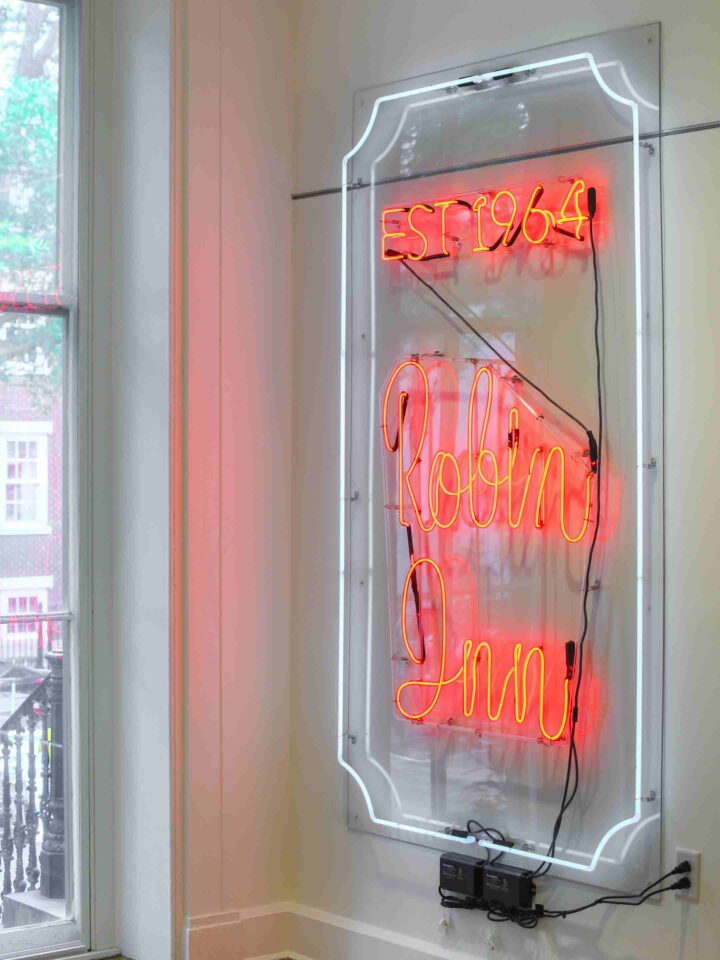
Search the Valentine Museum
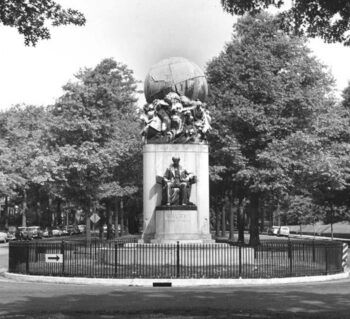
Featured Stories
Monument Avenue: Matthew Fontaine Maury Monument
In December 1912, nearly 40 years after Matthew Fontaine Maury (1806-1873) died, Richmonder Gaston Lichtenstein authored a letter to the editor that “the capital of his own State ought to take pleasure in erecting a statue to his memory.”
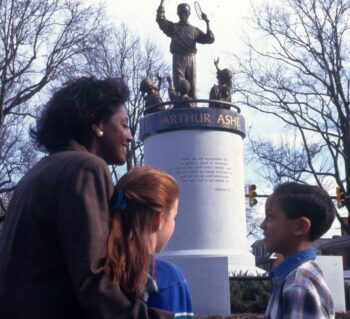
Featured Stories
Monument Avenue: Arthur Ashe Monument
The Arthur Ashe Monument on Richmond’s Monument Avenue is now the road’s only monument. It is also the newest addition.

Pages
Valentine Educator

Pages
Donate an Object

Pages
Donate an Object FAQ
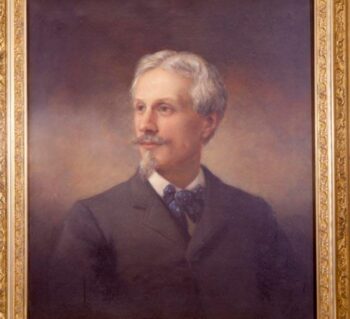
Featured Stories
Edward V. Valentine
A Quick Look: Edward Virginius Valentine was a sculptor and former president of the Valentine Museum. His art spread the Lost Cause myth created after the Civil War.
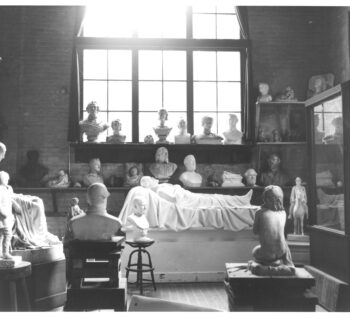
Featured Stories
Edward Valentine’s Sculpture Studio
A Quick Look: For thirty-nine years, Edward V. Valentine created some of his most well-known sculptures in the carriage house turned studio at 809 East Leigh Street in Richmond.
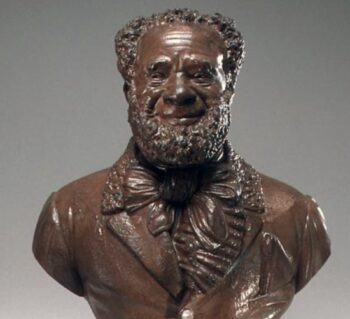
Featured Stories
Edward Valentine’s Racist Caricatures
A Quick Look: Art in public and private spaces spread the Lost Cause myth after the Civil War. Explore three of Edward V. Valentine sculptures and their titles to see how these works promoted the ideas behind the Lost Cause.